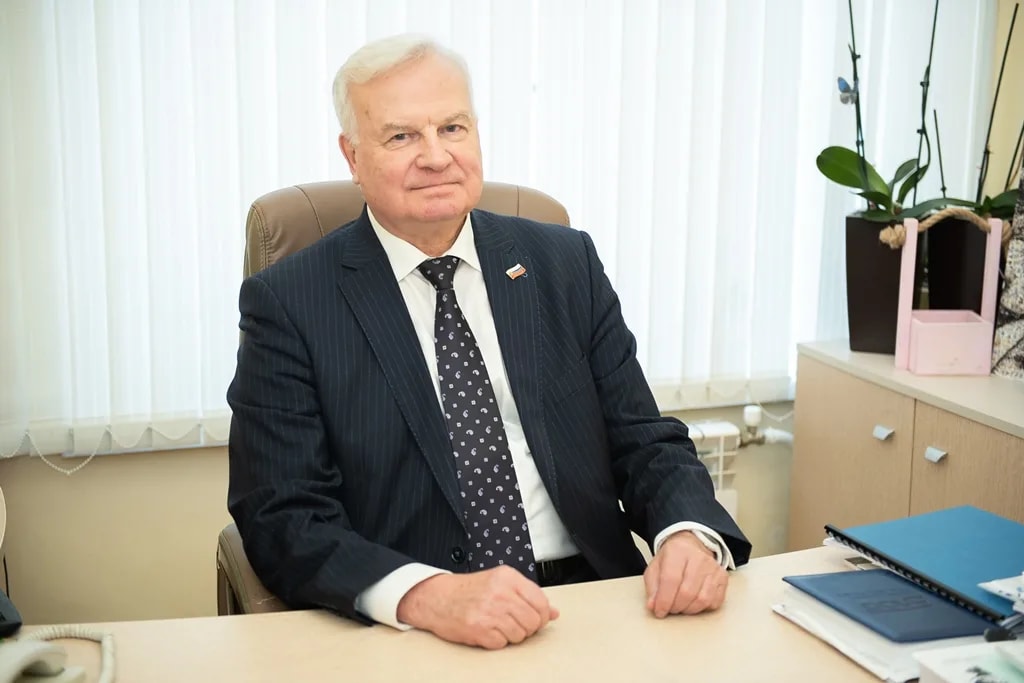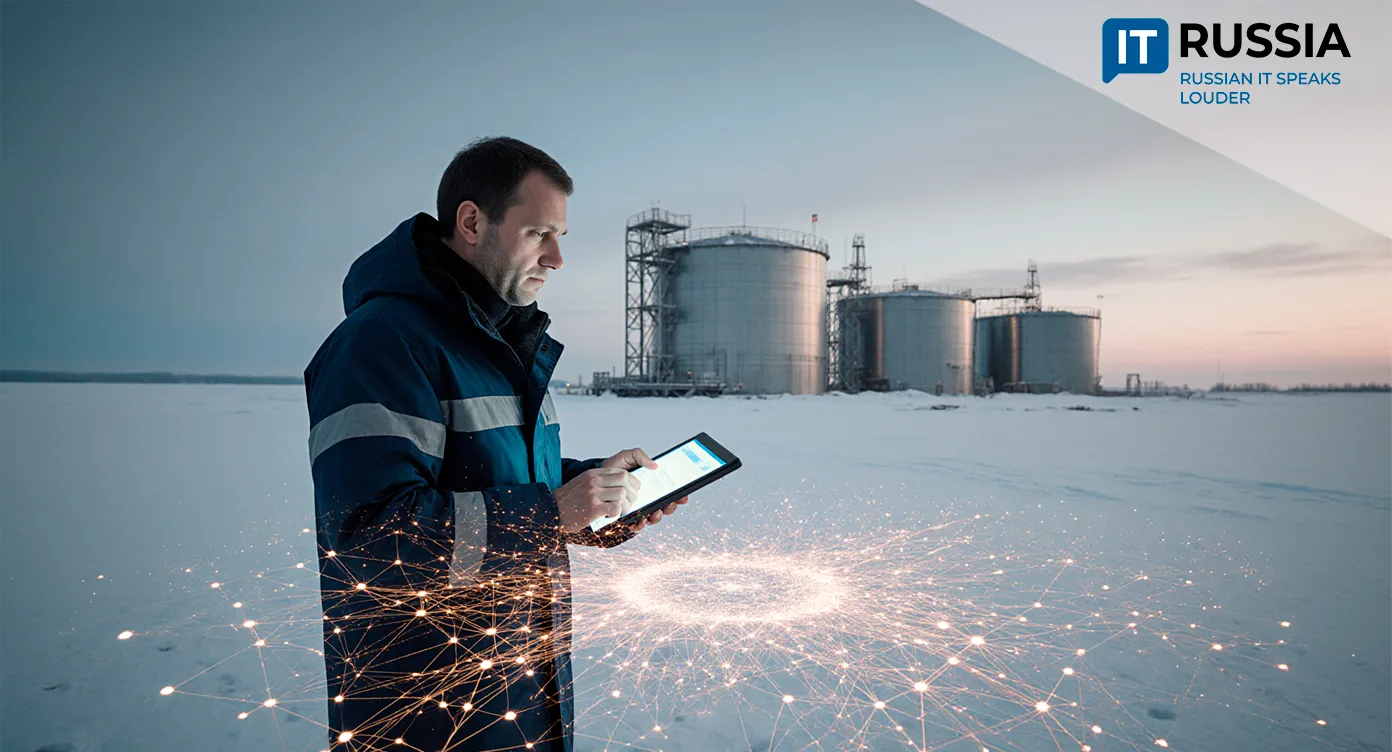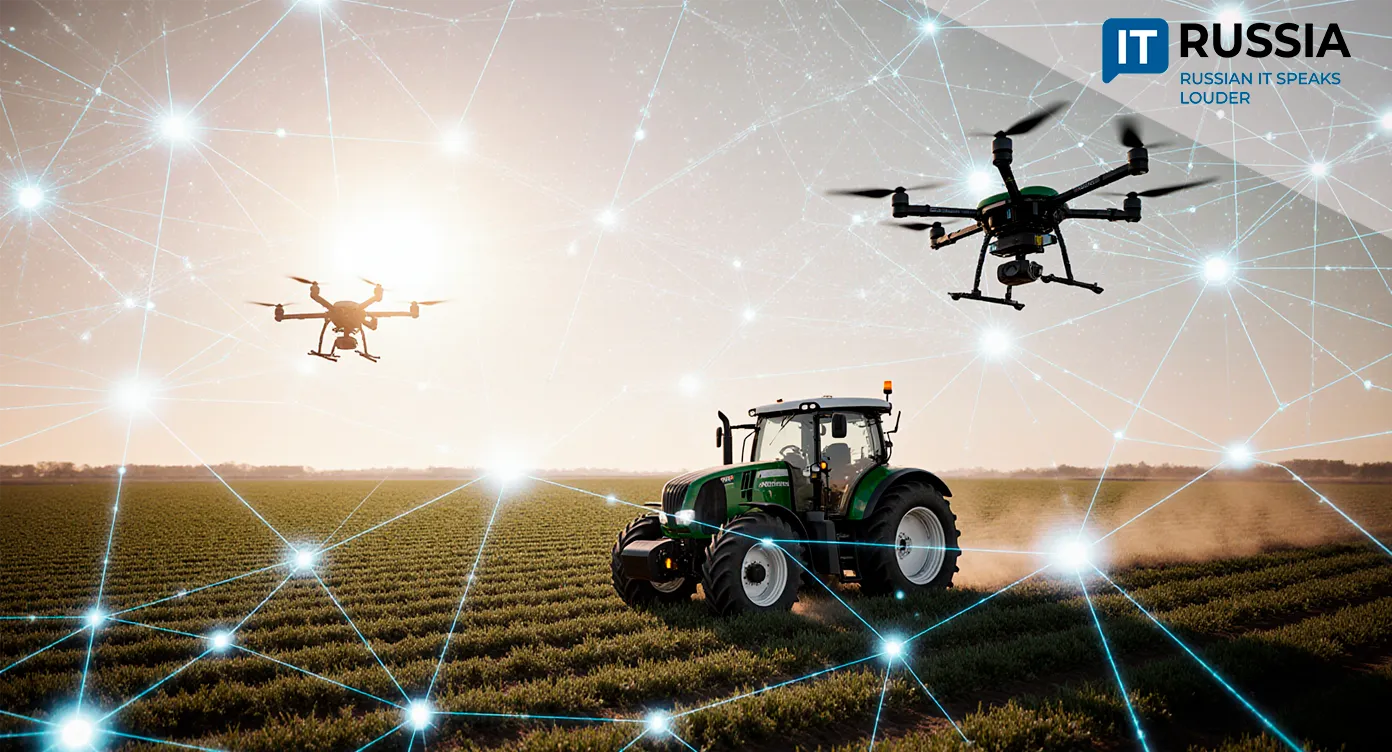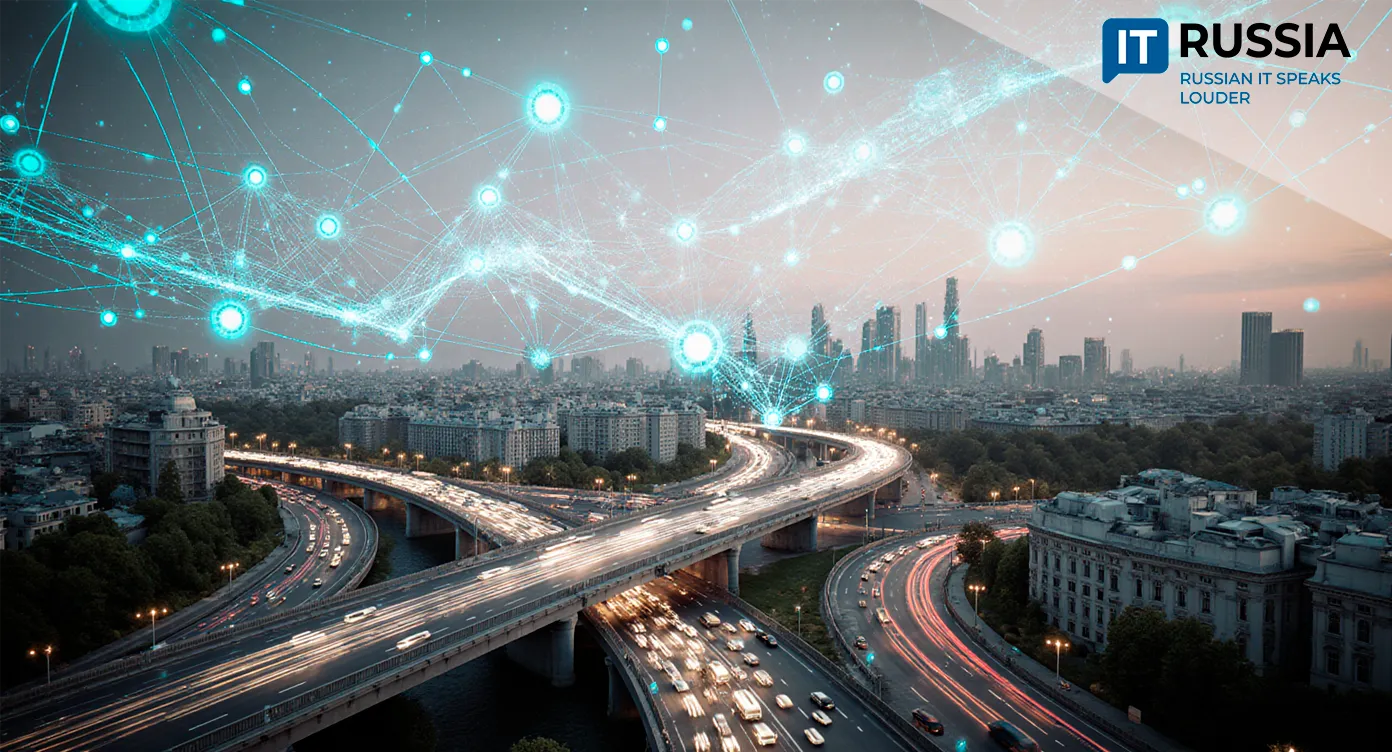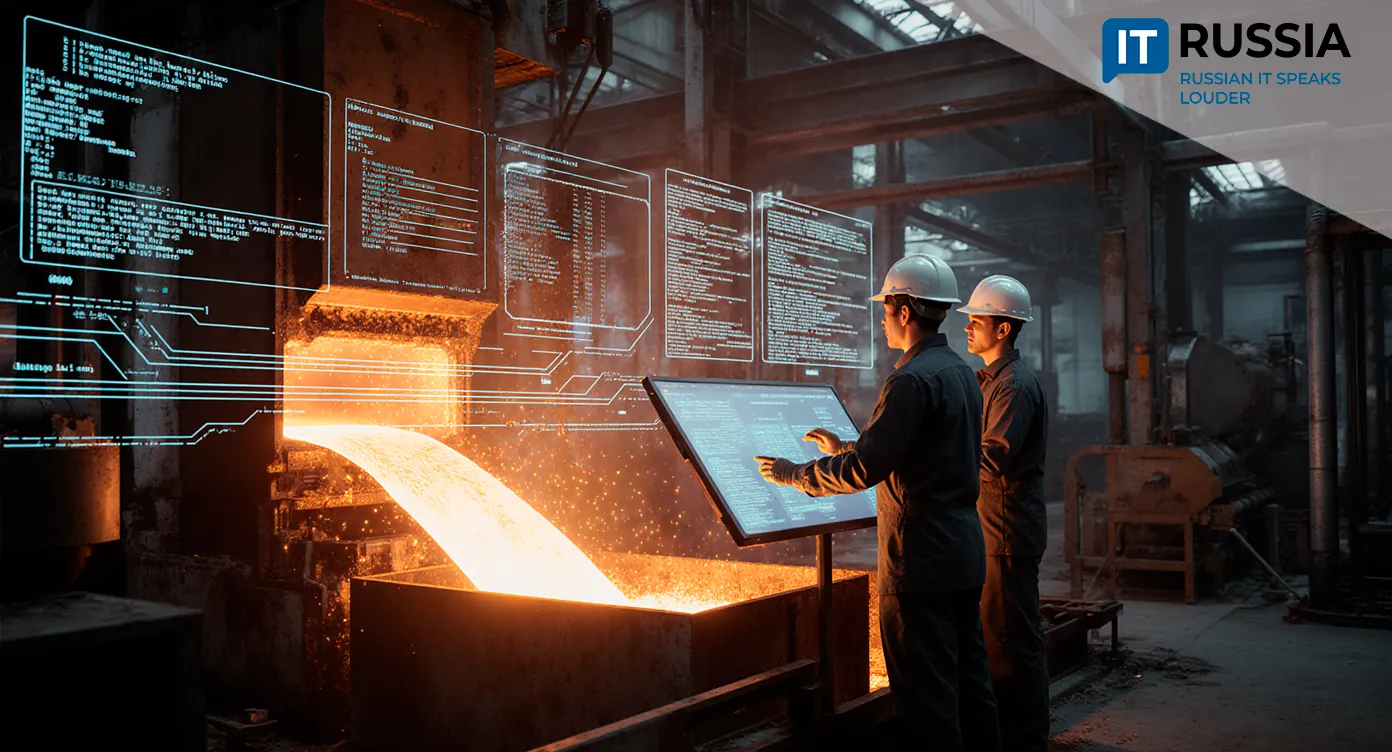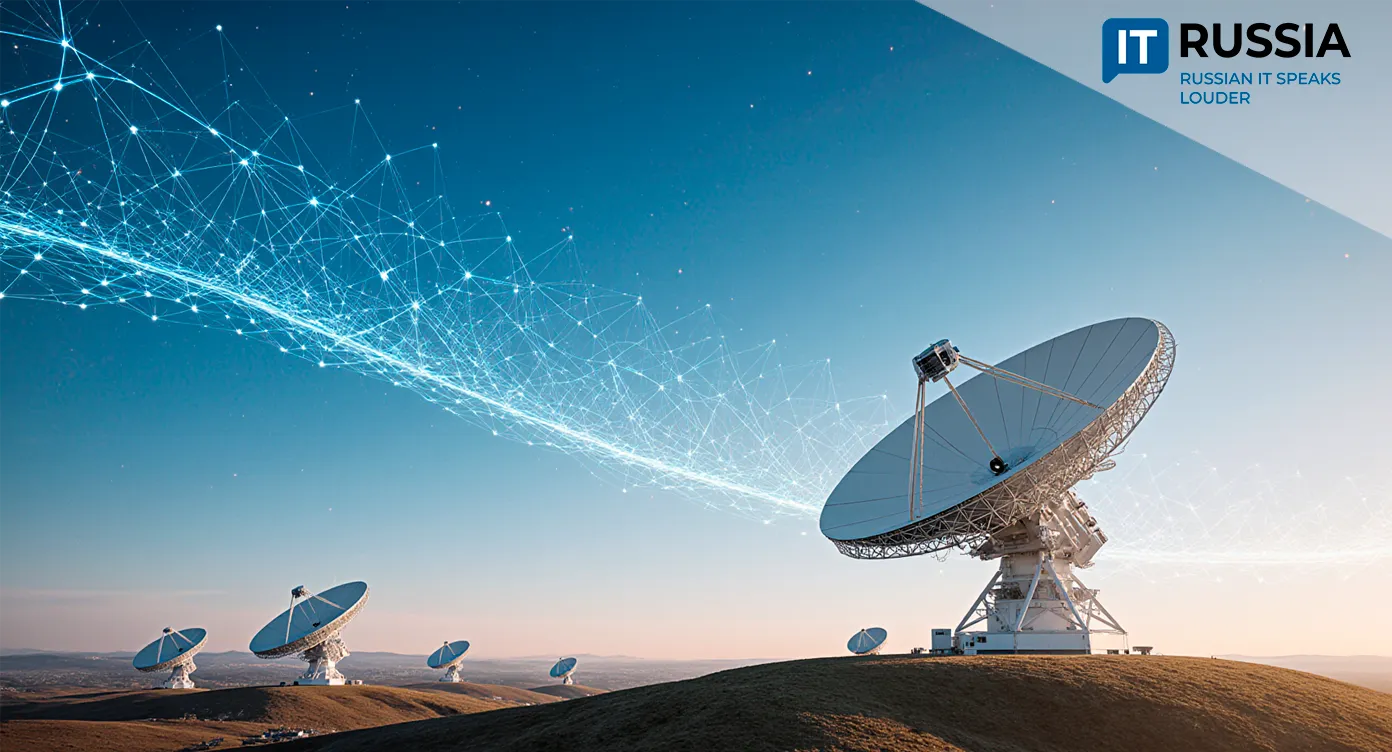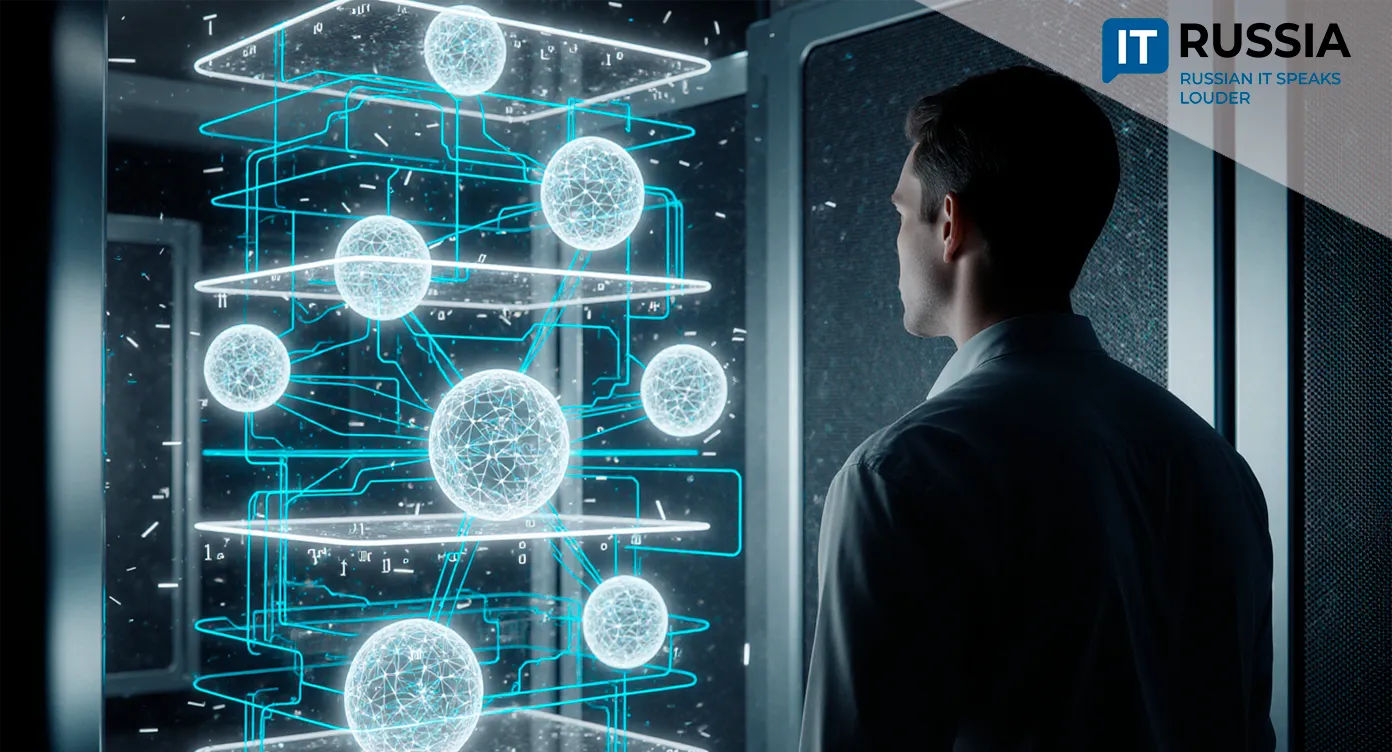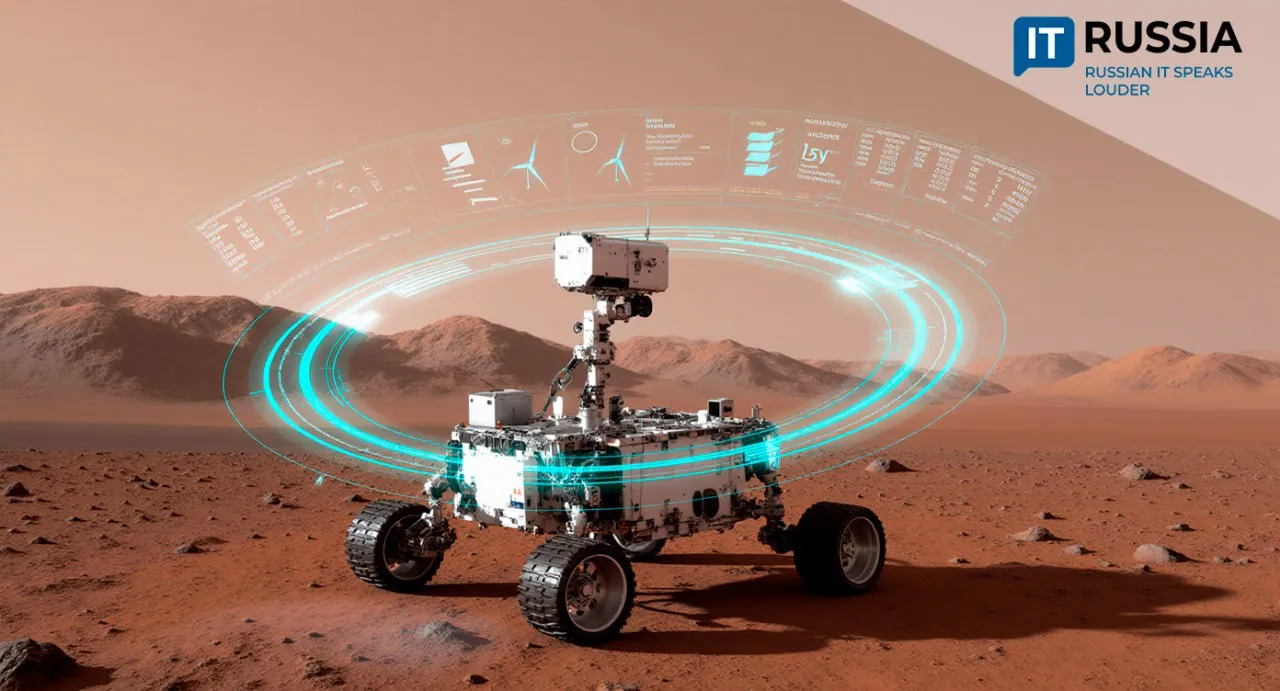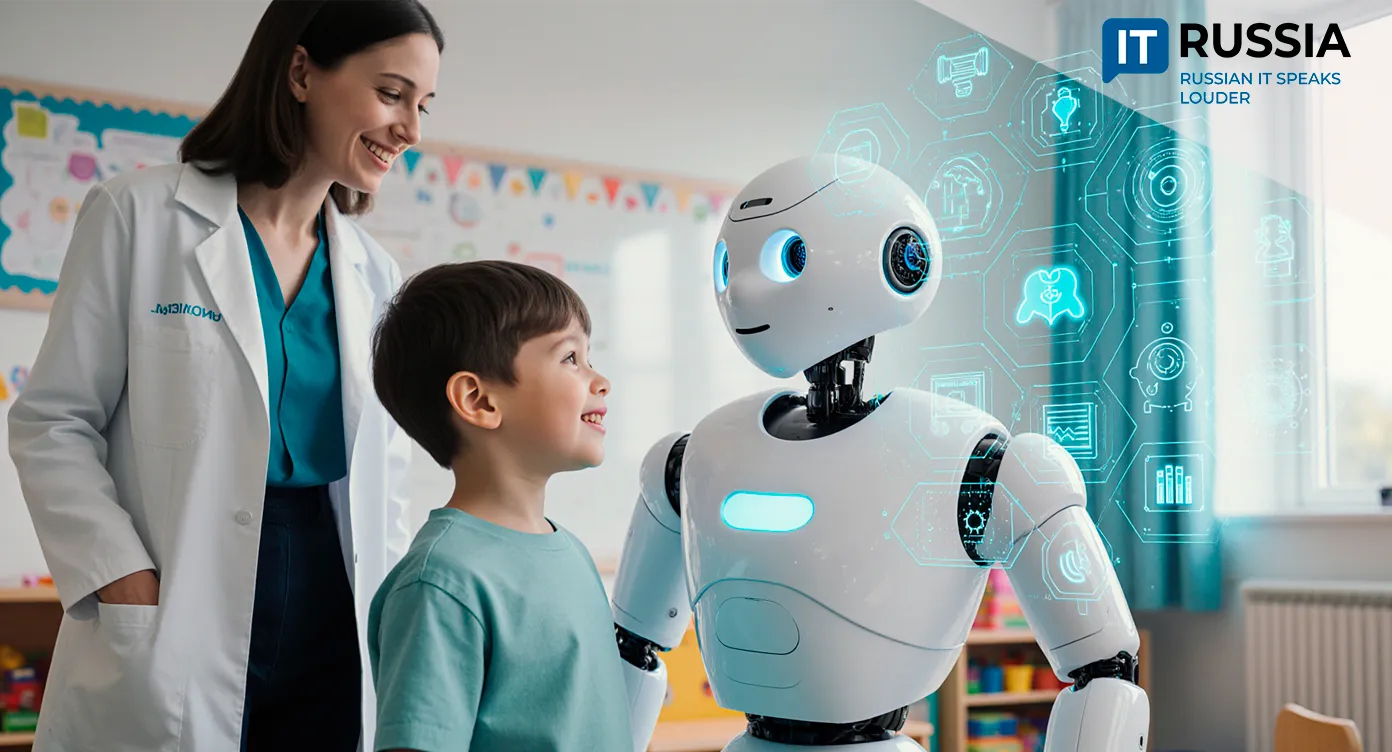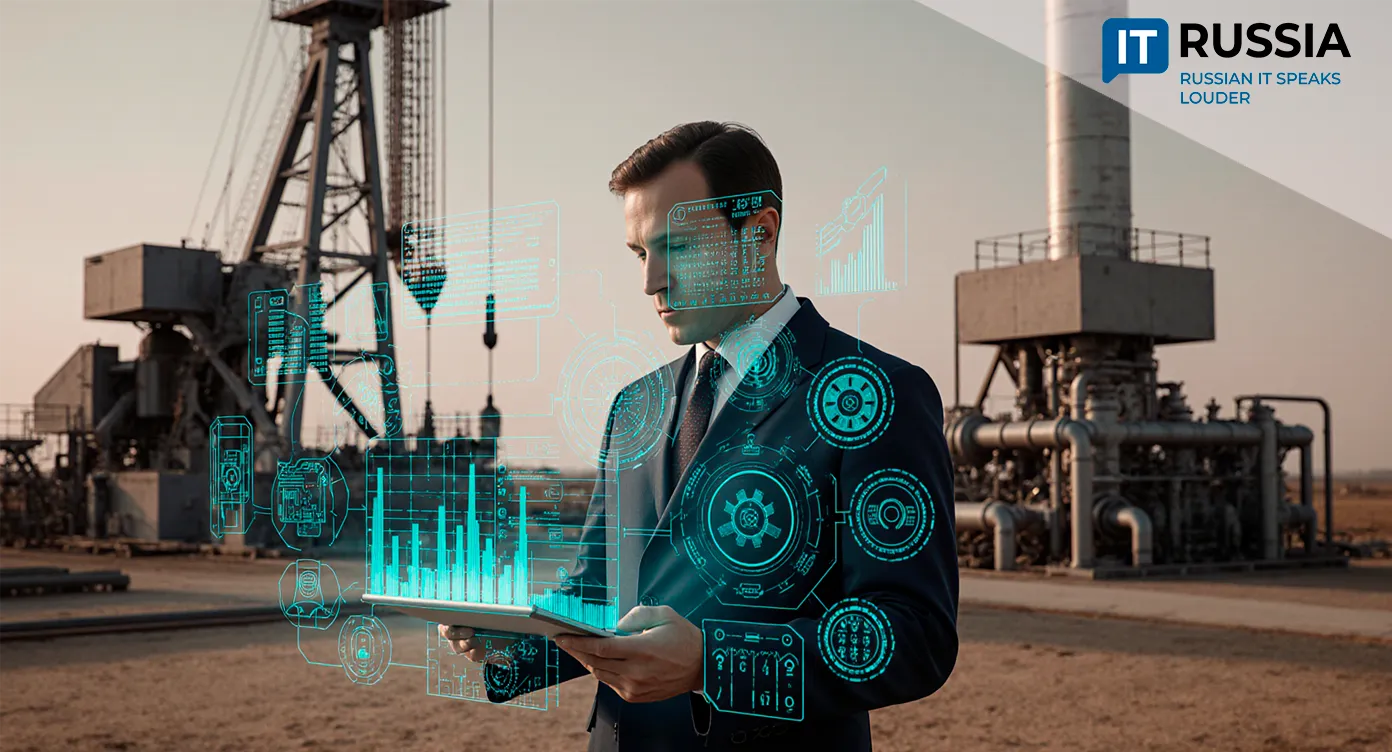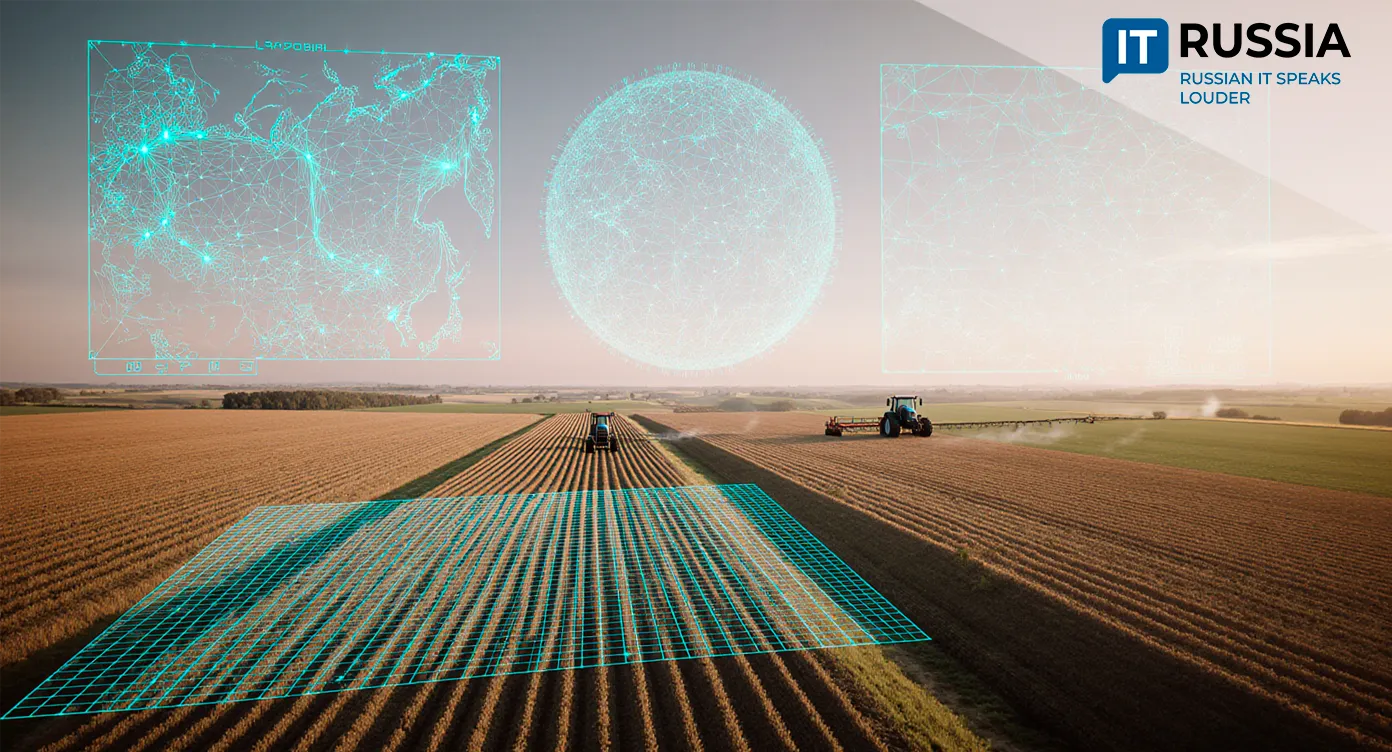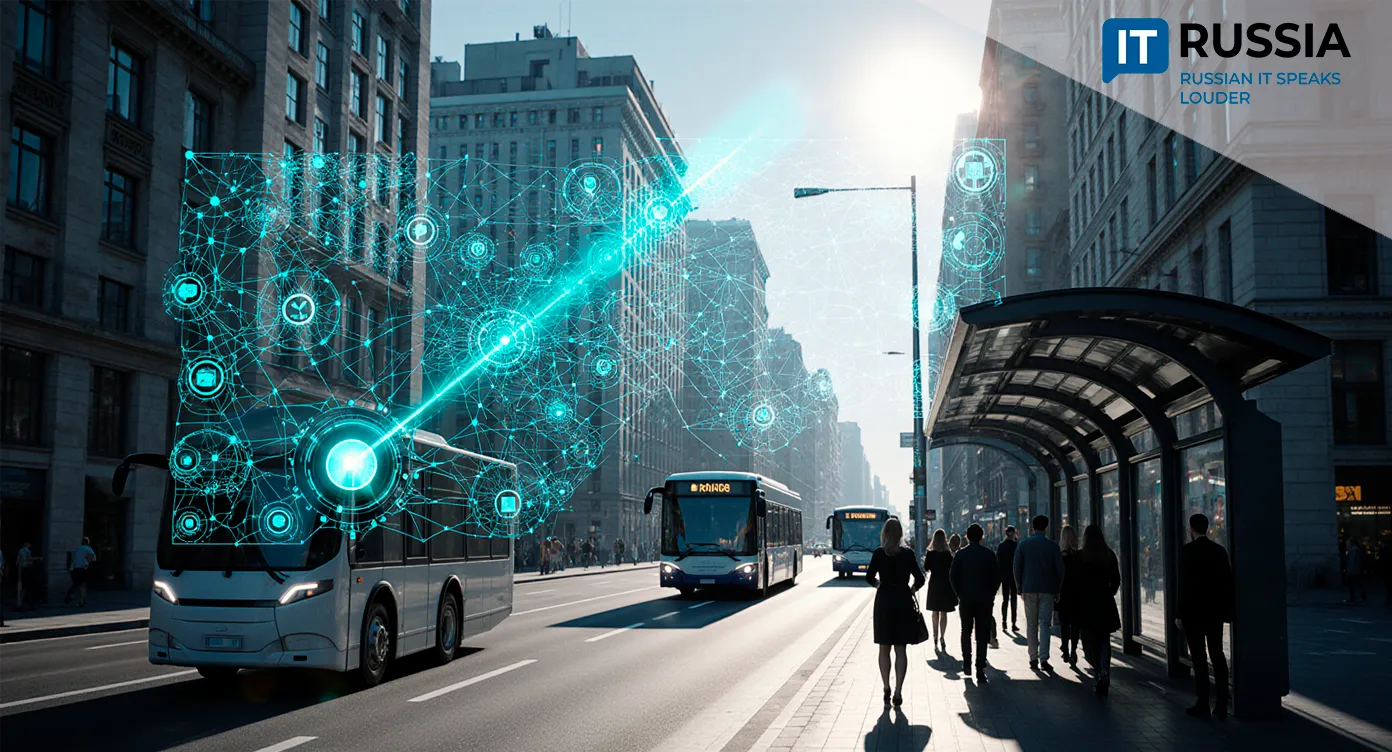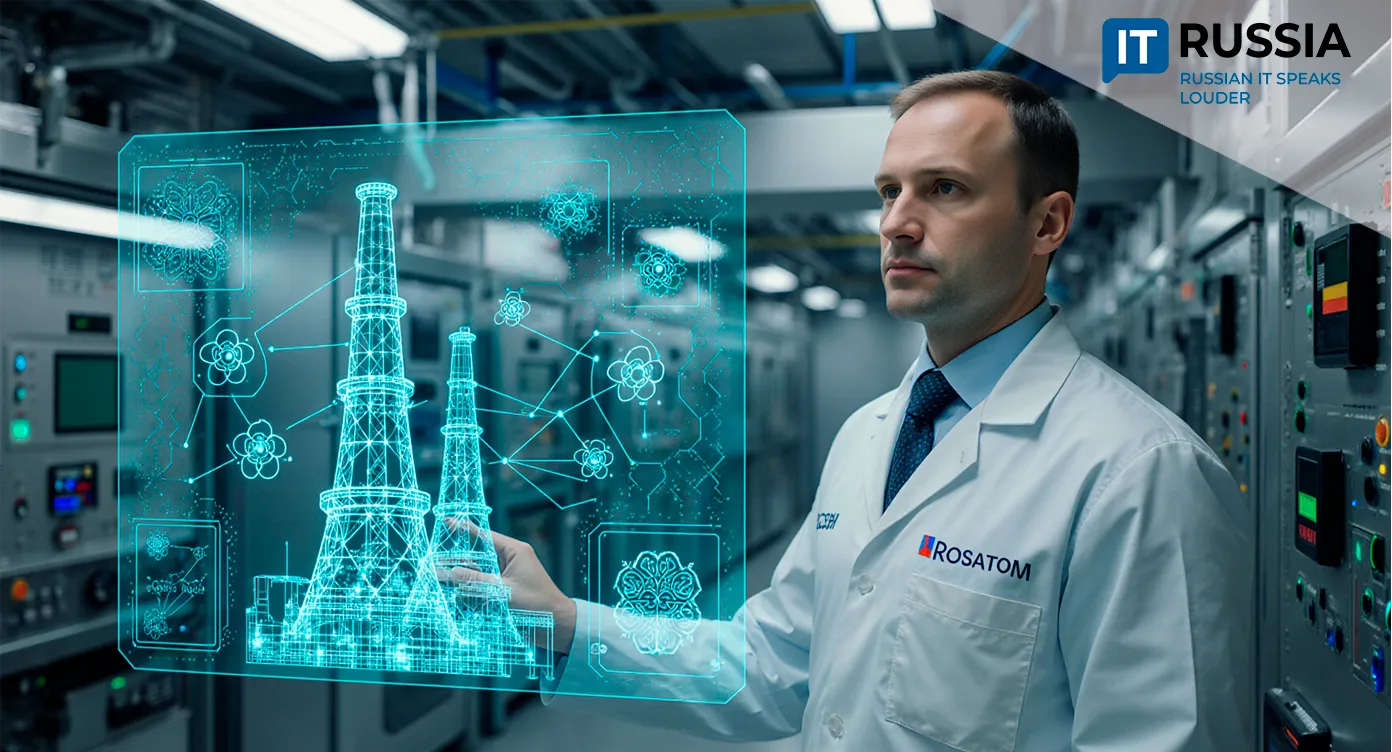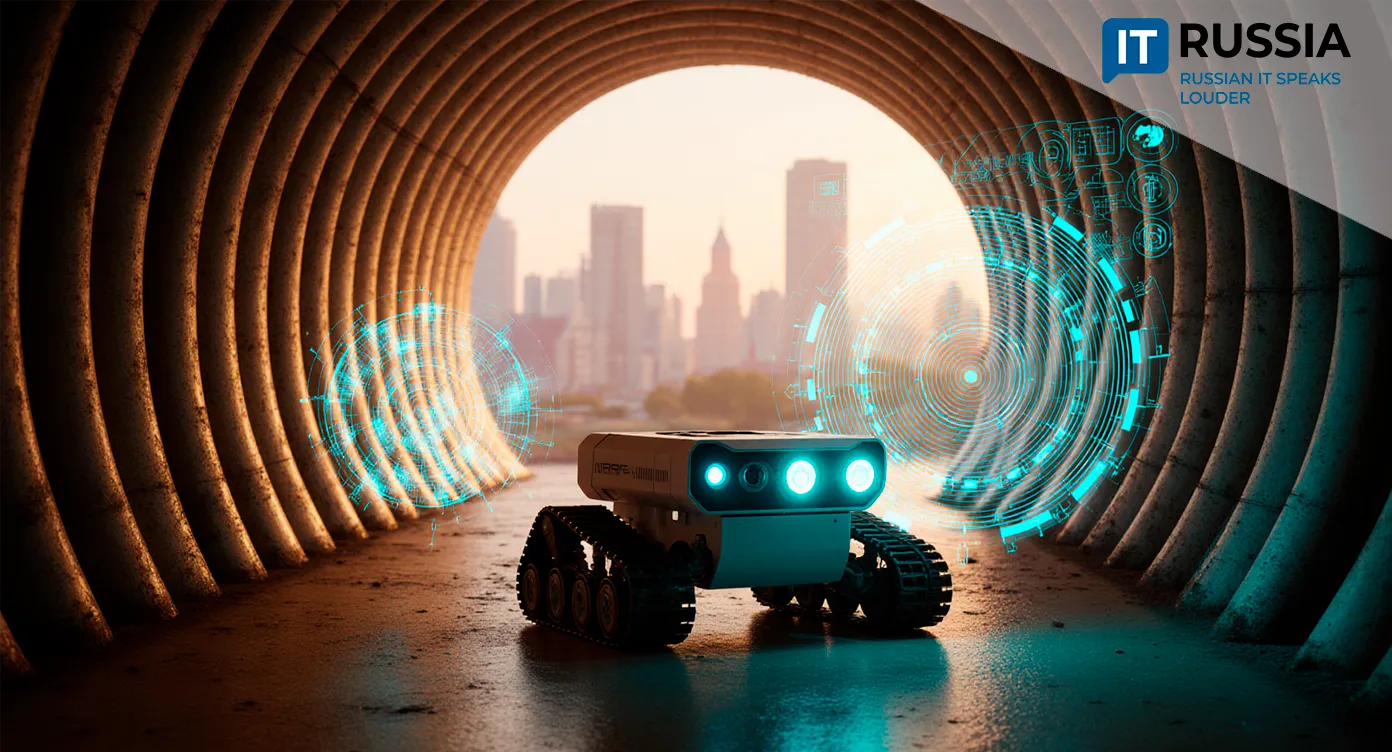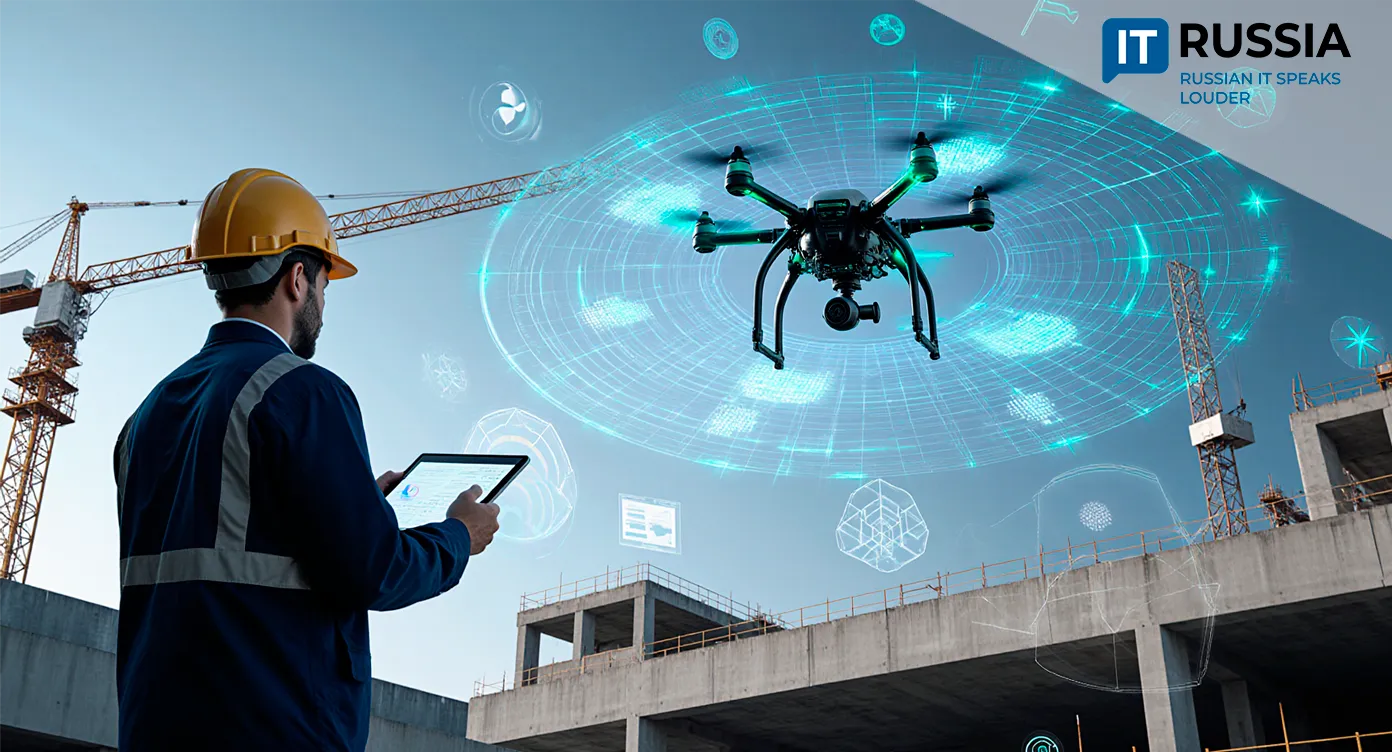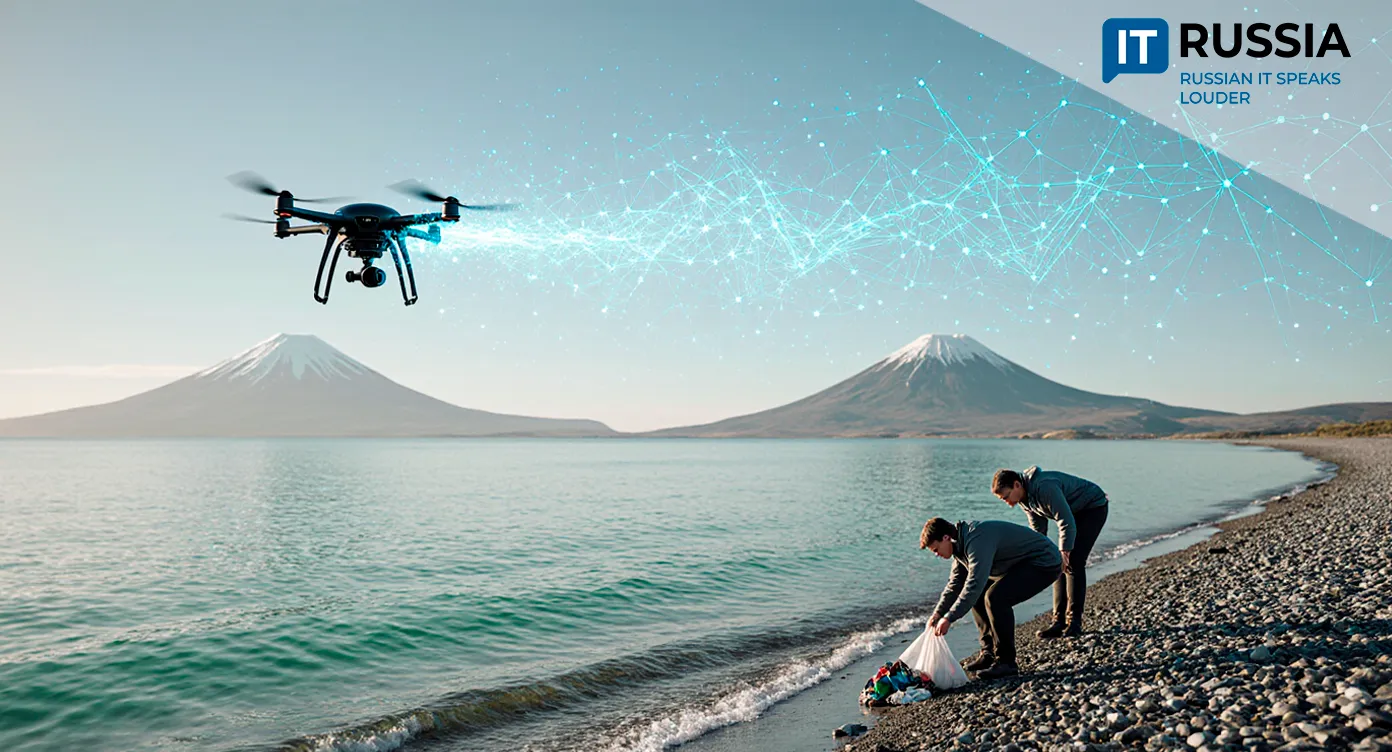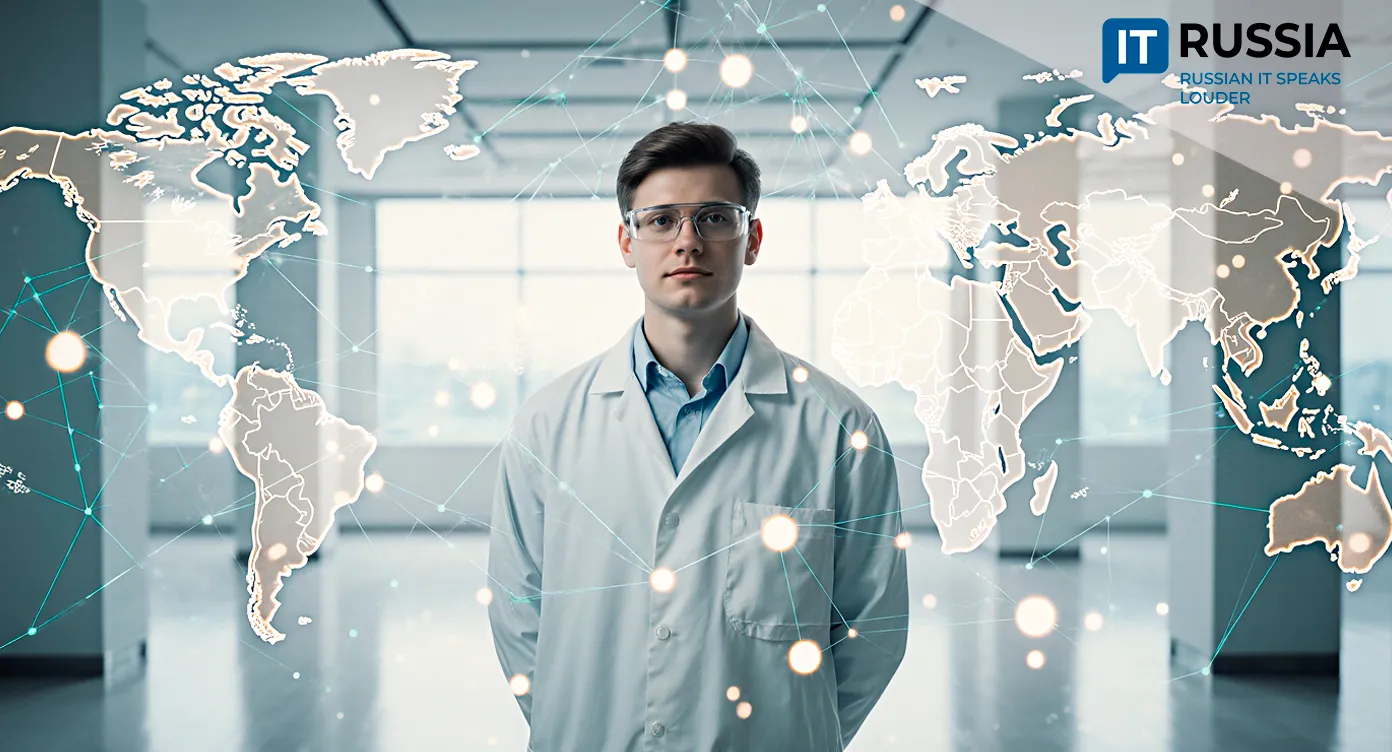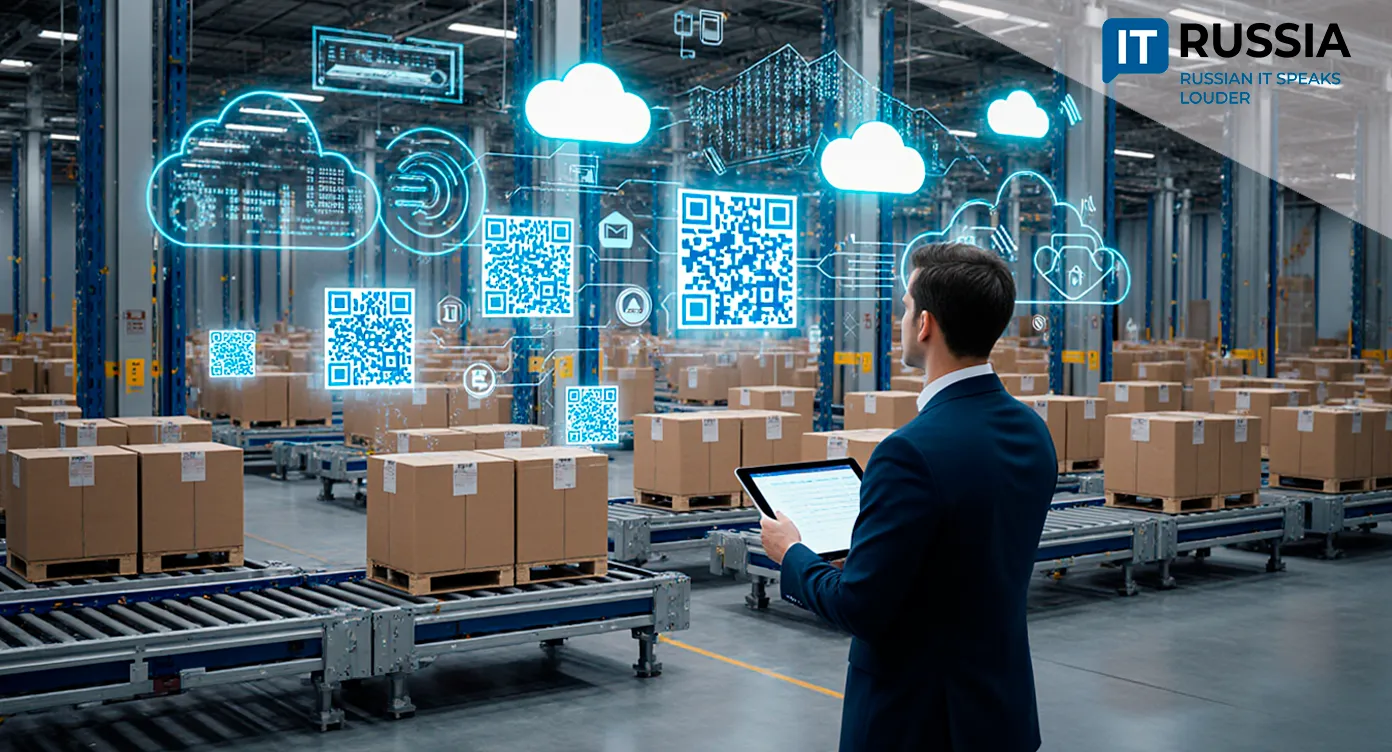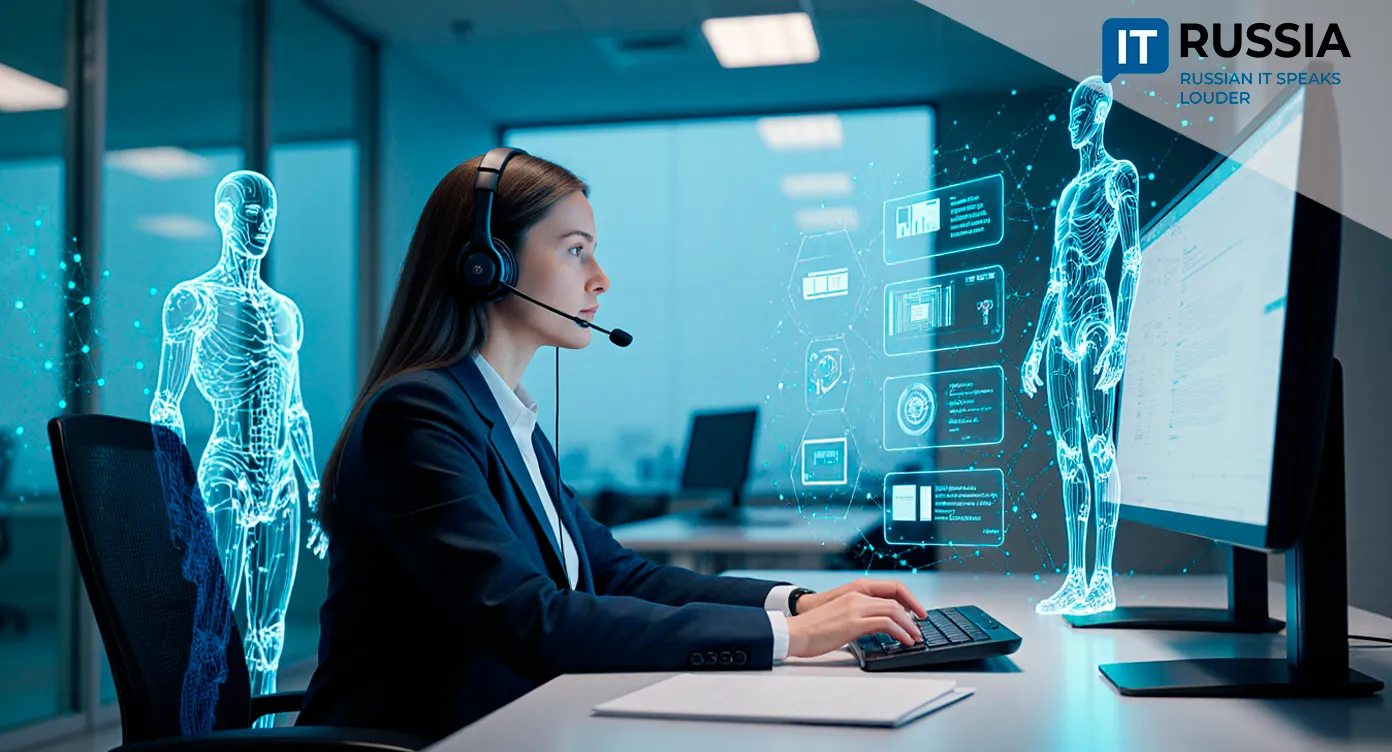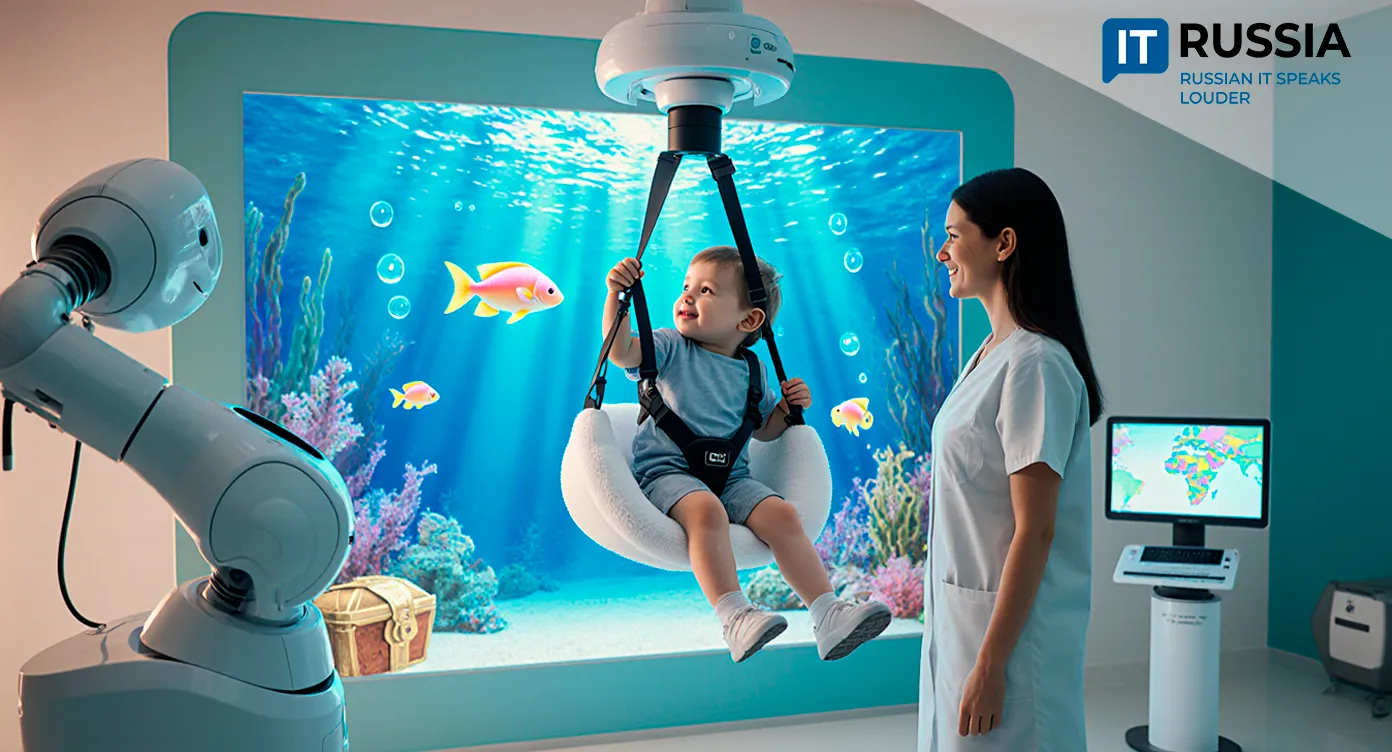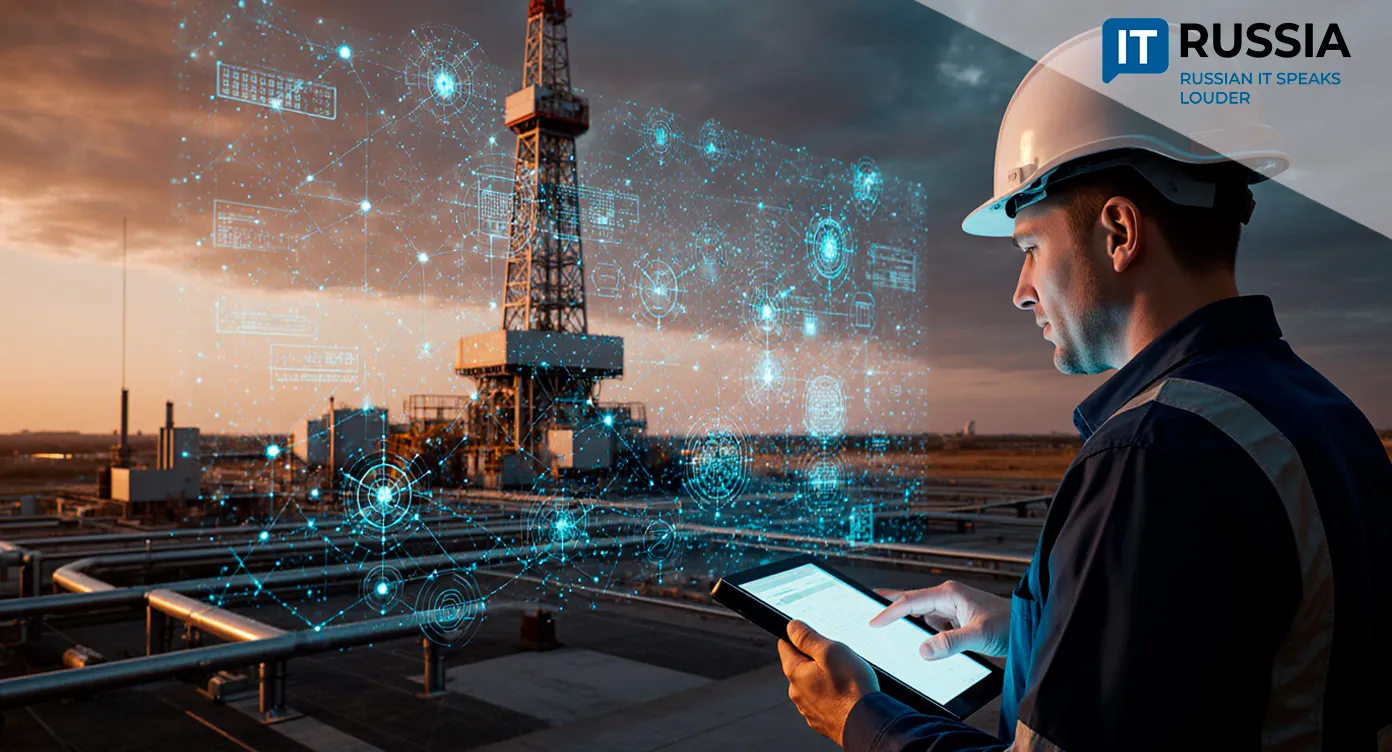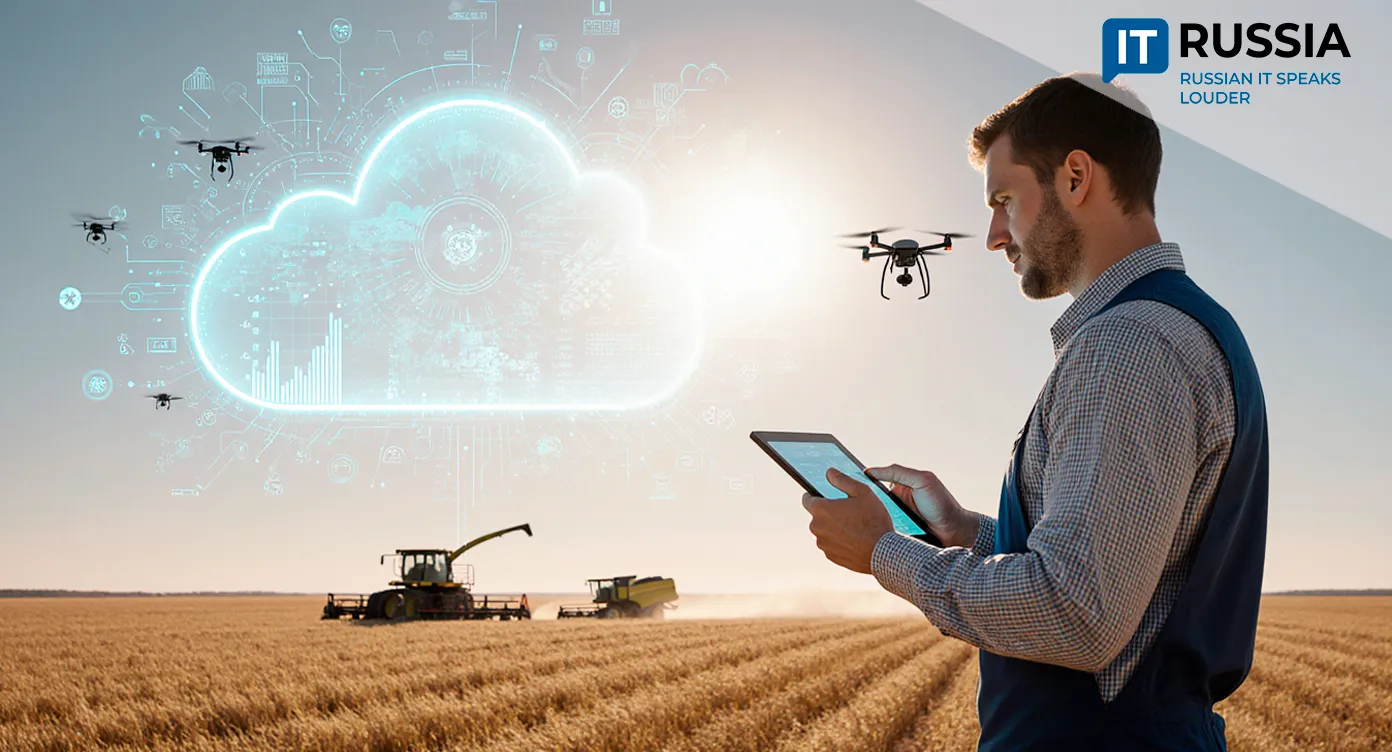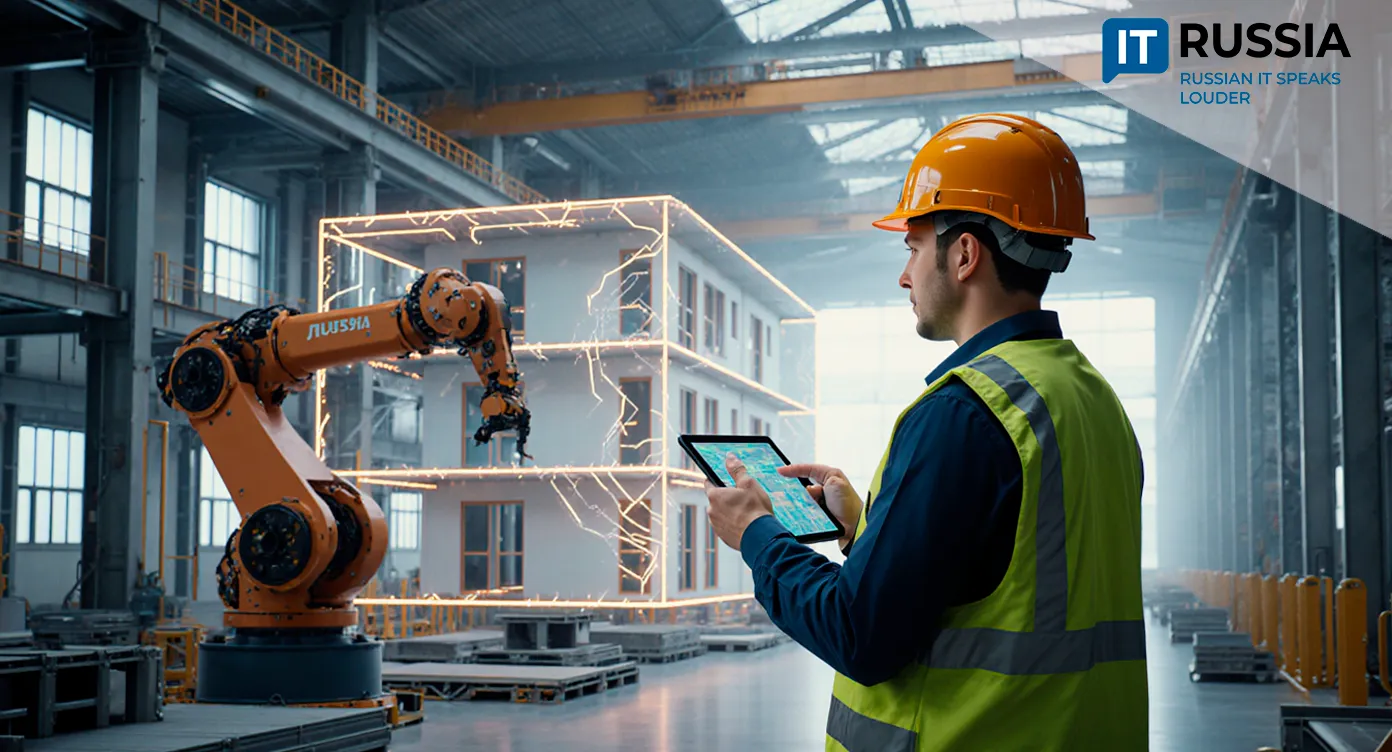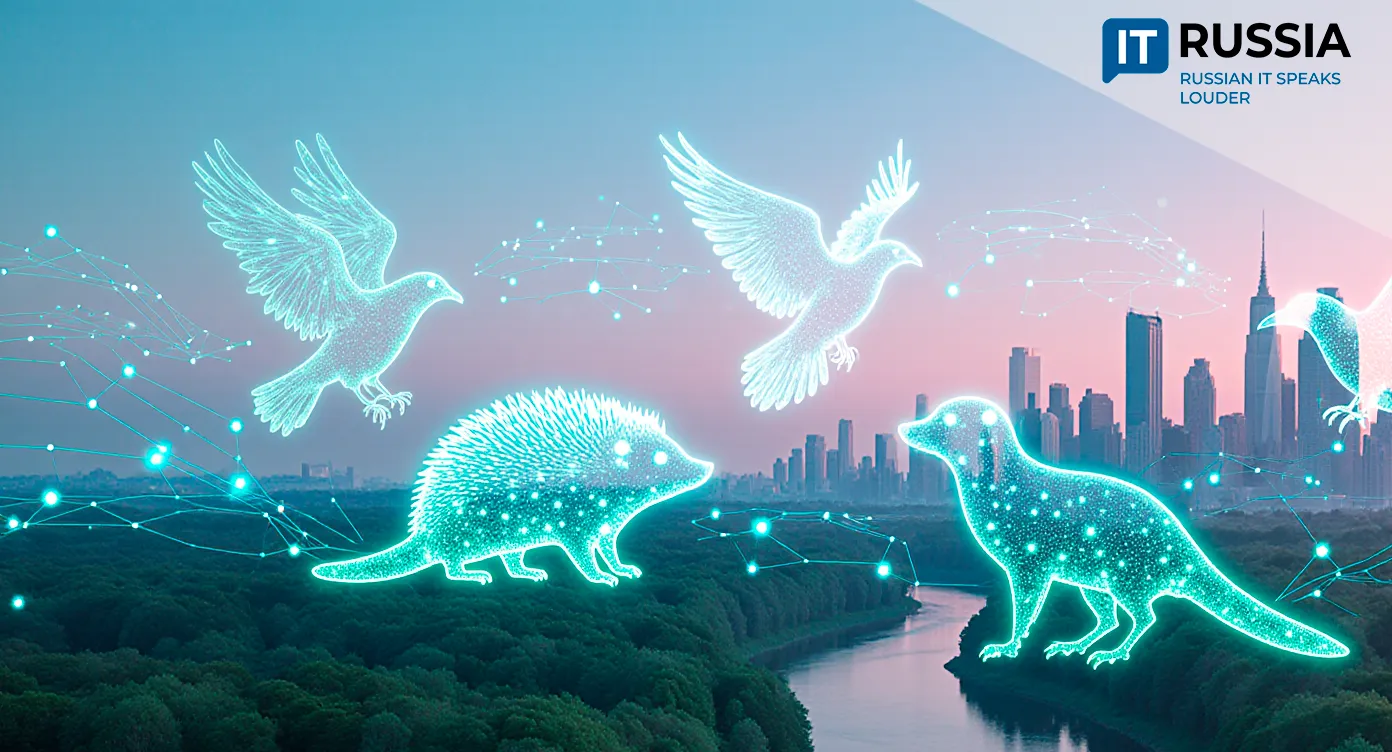Russia Patents a Robot Designed to Eliminate Industrial and Radiation Risks
Researchers at Tomsk State University (TSU) have patented a groundbreaking robotic complex capable of operating in hazardous environments, reducing the risks faced by human workers and supporting nuclear and industrial safety.
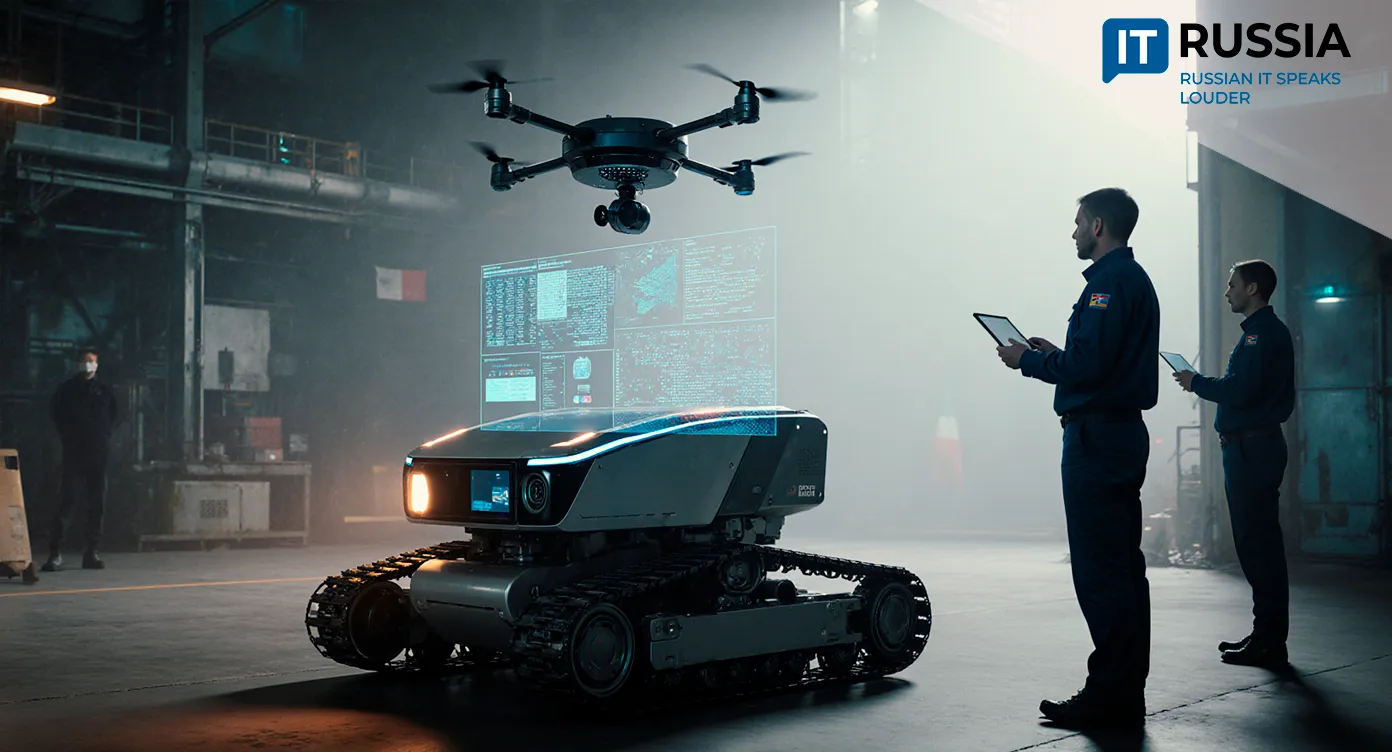
A Multi-Layered System for Hazardous Operations
The newly patented robotic system is designed for monitoring areas exposed to chemical or radioactive contamination and for securing strategic facilities such as nuclear power plants.
The complex integrates several autonomous modules: a ground robot equipped with caterpillar tracks, unmanned aerial vehicles (UAVs), and specialized lattice-wheel robots.
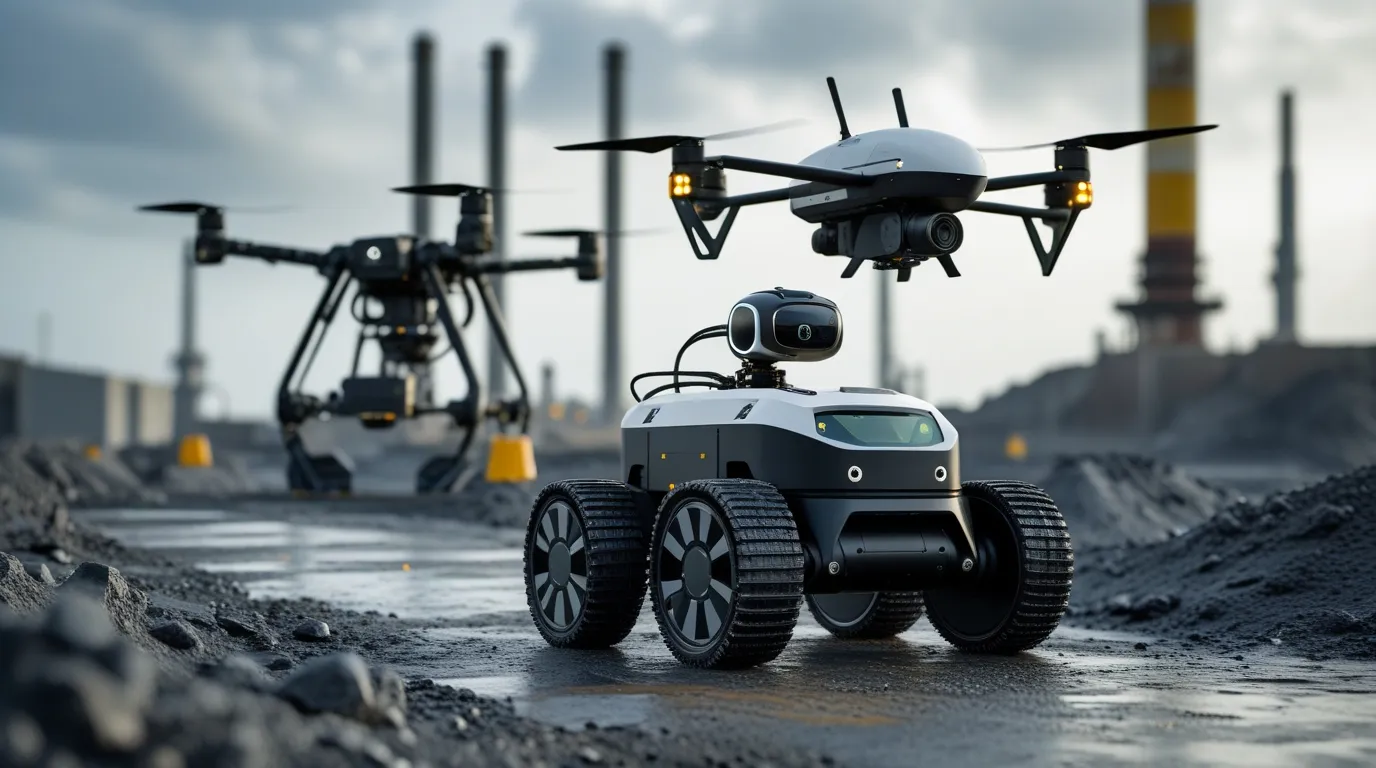
These components operate together in a synchronized network, continuously exchanging data with one another and transmitting information to a centralized control station. This architecture enables comprehensive environmental monitoring and rapid response to potential threats in real time.
Advanced AI and Multi-Agent Coordination
The TSU system is powered by artificial intelligence and machine learning algorithms, allowing it to precisely identify locations, detect objects in complex conditions, and coordinate between air and ground units. The robot’s unique strength lies in its data exchange precision, speed of operation, and ability to conduct simultaneous inspections both from the air and on the ground.
The robotic platform can perform radiation and chemical monitoring, measure airborne toxin levels, evacuate people from danger zones, and inspect hard-to-reach areas such as gas and oil pipelines. It can also be deployed to safeguard critical infrastructure, making it a versatile asset across multiple industrial sectors.
Protecting People from Industrial and Environmental Hazards
The primary goal of the project is to eliminate the need for humans to work in life-threatening conditions. TSU’s technologies make it possible to assess hazardous situations in advance and significantly reduce risks for emergency responders and specialists dealing with industrial or natural disasters.
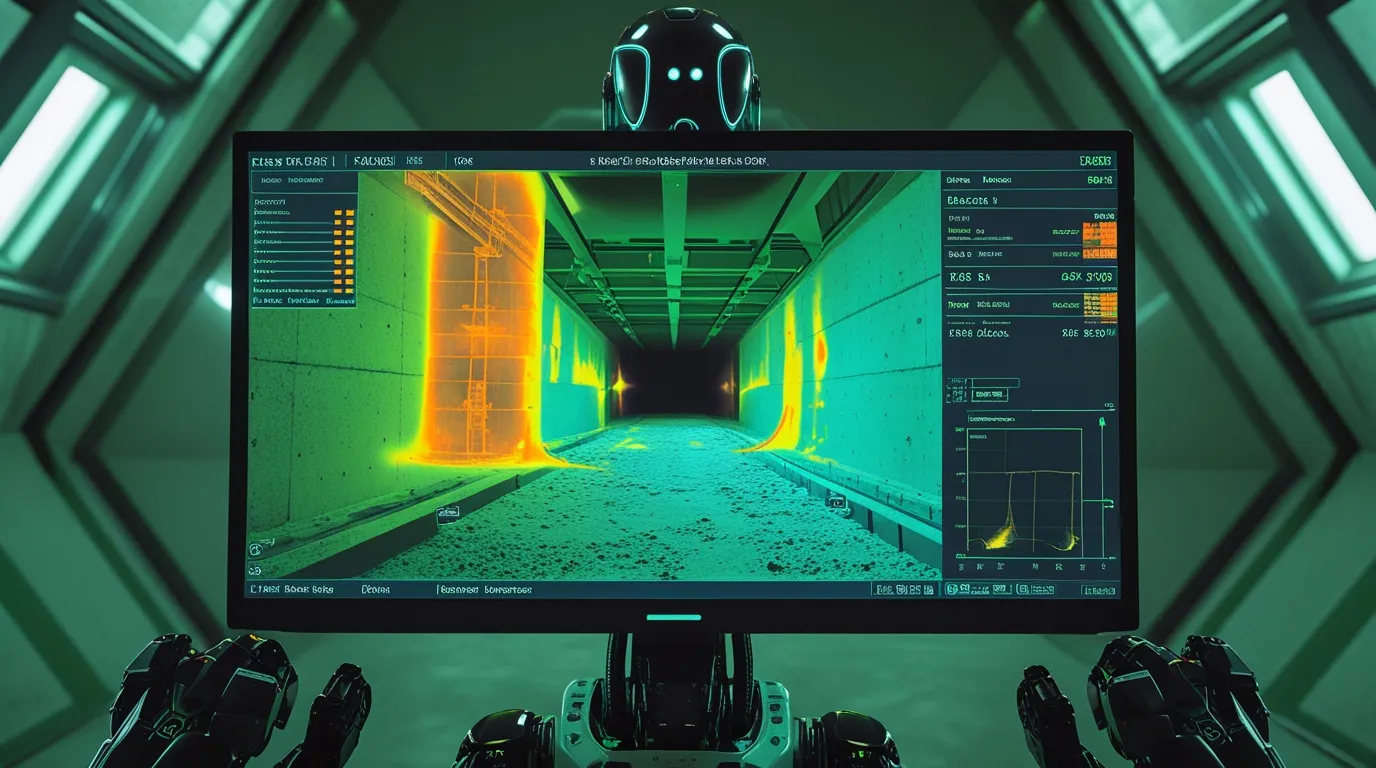
In high-risk industrial and radiation zones—where every second matters—the robot can rapidly enter an area, analyze the air and soil composition, detect threats, and relay findings to response teams before human personnel are deployed. Russia’s nuclear power plants have already expressed strong interest in adopting the system.
Discussions with Rosenergoatom and other energy sector representatives are underway. According to experts, this type of robotics could substantially increase workplace safety, minimize risks to personnel, and automate hazardous or repetitive tasks.
Global Recognition and Future Applications
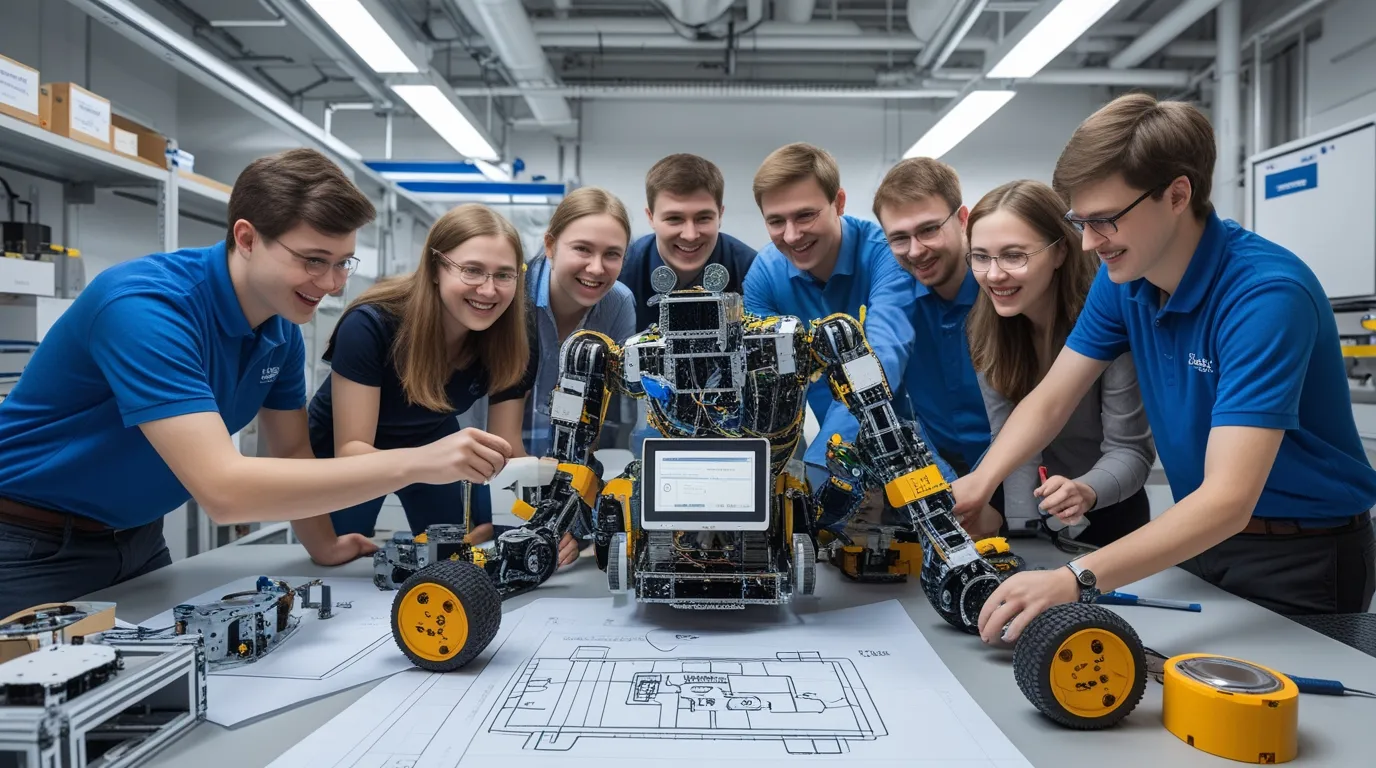
Experimental prototypes of the TSU system have already received international recognition, winning gold medals for innovation and technological promise. The system can be customized for various industries—from energy to transportation—and its implementation could elevate Russia’s industrial and environmental safety standards to new heights.
The project reflects a broader trend in Russia’s nuclear and engineering research: the use of robotics and AI to enhance human safety and resilience in high-risk environments. These technological advances not only strengthen national security but also open new export opportunities for Russian innovations.


